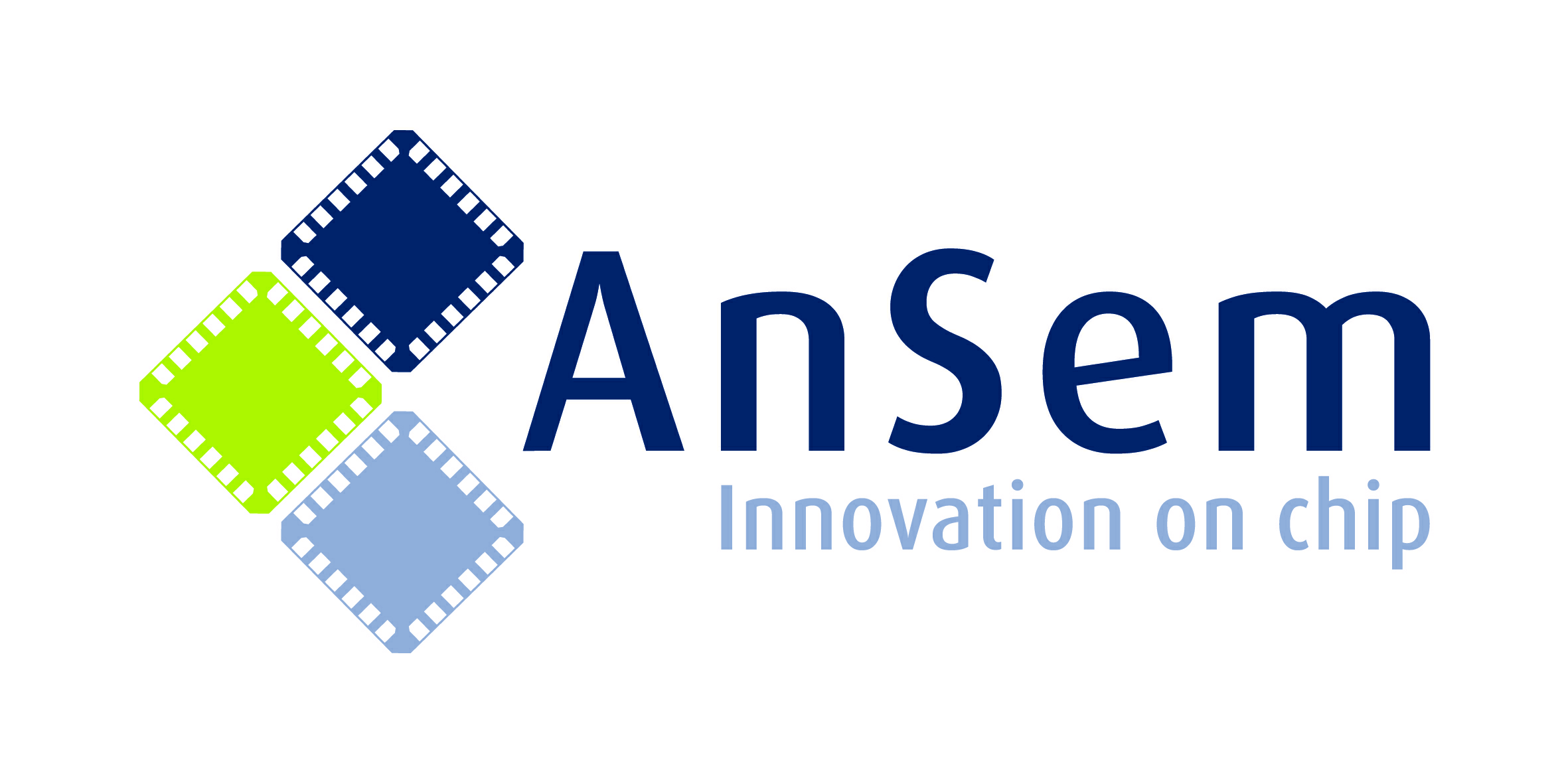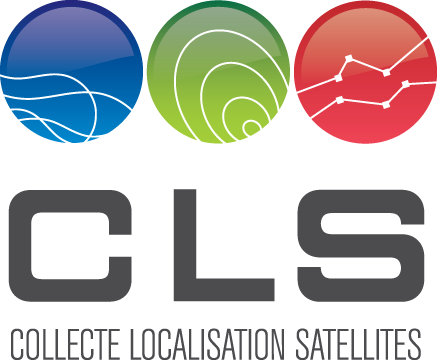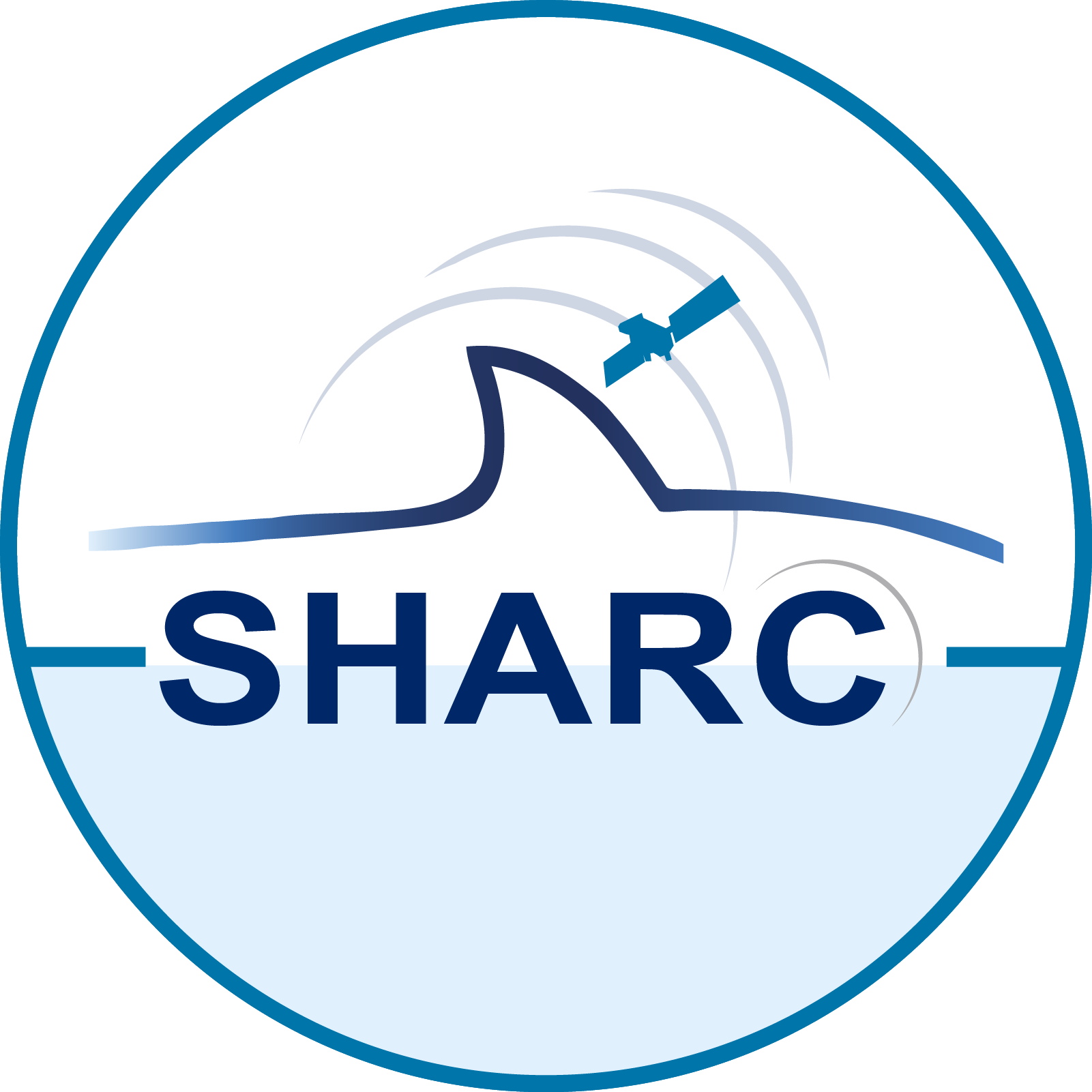
-
StatusOngoing
-
Status date2015-07-10
The goal of the SHARC project is to develop a new low-cost generation tag equipped with Argos-3/4 features dedicated to track migrating marine animals. Improvements for several key features include:
- smaller weight and size
- increased lifetime
- enlarged data storage
- bidirectional communication with satellite leading to increased volume of the satellite data transfer
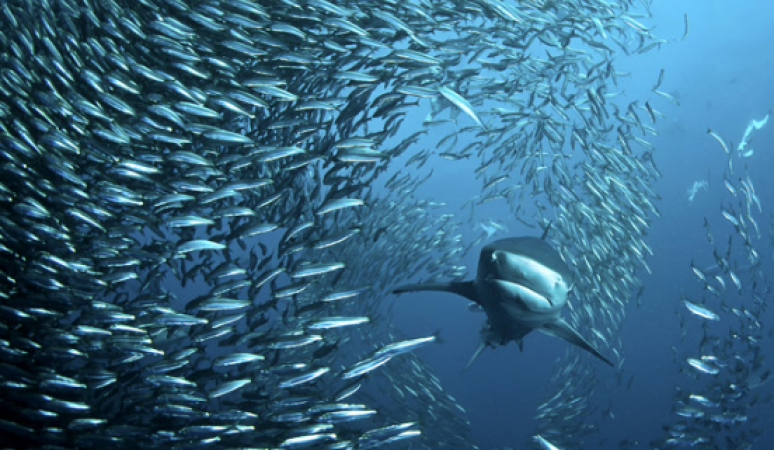
Following risks are identified in the development of this cutting edge technology.
- Design of the ARTIC chip achieving the required performance in transmit (high output power) and receive (low noise floor)
- Design of the antenna
- Design of the tag housing
- Low cost production unit. The goal is to offer to end user a tag price of 400 USD (>1000pieces) and 200 USD (>10.000 pieces)
The main advantage of the tags developed during the course of this project is the use of the ARGOS 3 / 4 system as it will allow a bidirectional link between the tag and satellite. This will improve the reliability of the communication, one of the current critical problems of commercially available tags. Also other issues as smaller weight and size will be investigated as it currently limits the use of the tags to larger marine species. Lowering the cost should increase the usage substantially.
A simplified block diagram of the proposed concept for the electronics of the tag is shown in figure below.
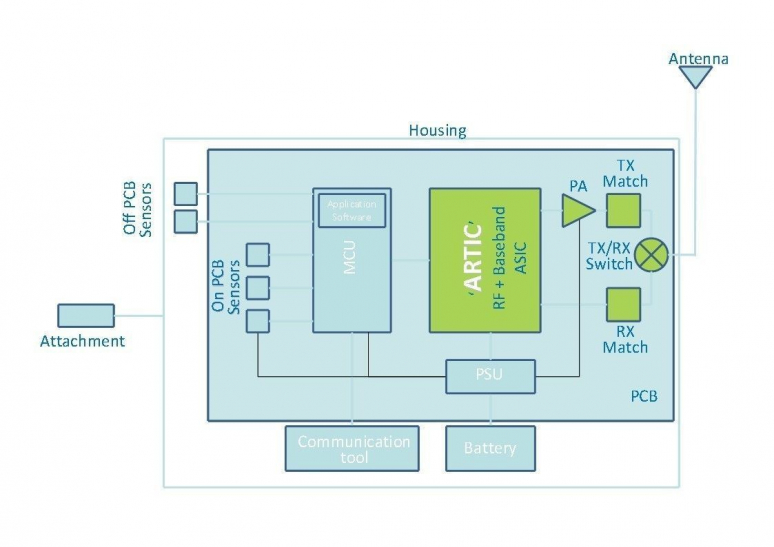
The tag consists of a PCB, sensors, communication tools, battery, antenna and attachment mechanism to attach the tag to the animal.
On the PCB there are 3 major subcircuits, i.e. the sensors, microprocessor unit and the ARTIC chip. The ARTIC chip contains the complete PHY integrated and is able to transmit with an output power of 250mW, sufficient to be able to reach the satellite without extra external power amplifier.
The microcontroller contains the MAC layer and takes care of the interface with the different sensors: pressure, temperature, light and tilt to allow 3D mapping.
The power source for the tag is initially a single battery.
The proposed project consists of 11 tasks, form literature over design actual tagging and redesign. The first task is a literature survey to determine the state of the art of location devices and performance modelling tools compatible with the marine environment. After a critical review of the requirements, the requirements for the subsystems of the satellite tag shall be derived by the contractor and an architectural design shall be determined. This is followed by a preliminary design of the tag. The preliminary design will identify critical issues, like MMIC and/or IC and breadboards.
After this design stage, the critical parts of the satellite tag will be bread boarded and tested. Additionally, a first foundry run of the MMIC and/or IC shall take place. If required, an update of the performance modelling tools shall be performed.
First Samples of the ARTIC chip have been tested in the beginning of 2014. The only part that needs improvement in the second version is the high power output amplifier. Using the low power amplifier and an external power amplifier it is possible to set-up bidirectional communication with the satellites. These first samples of the ARTIC chip have passed certification at CLS. Star-Oddi is integrating Artic release 1 in the actual tags. Some performance issues with the antennas made that it was not possible to tag the shark and tuna this summer. Tagging in real life situations is postponed to a later date. This summer, all software for all ARGOS2/3 and 4 modulation schemes for TX and RX will be available and certified. Later this year the second version with the improved integrated high power amplifier will be available.



